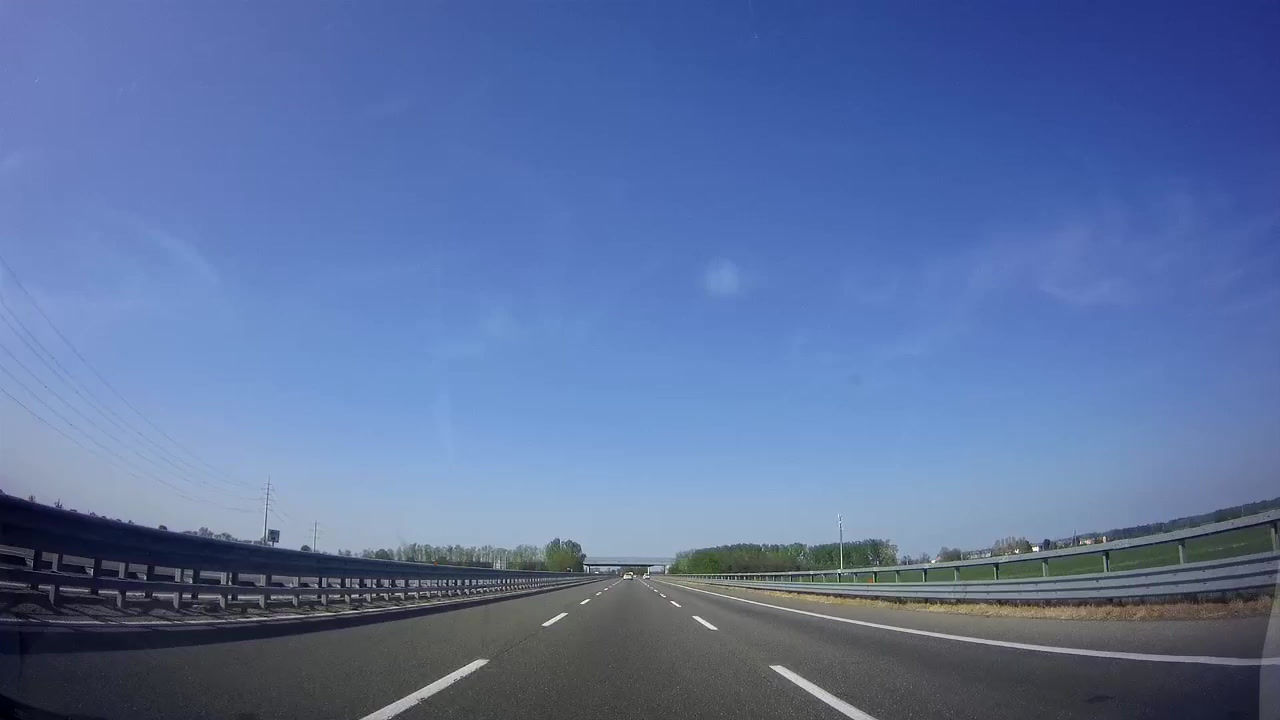A recent study examined projects to reduce car use and increase walking and biking on neighborhood streets in five cities, offering a look into how transportation data can be used to craft similar future projects.
Governing
By SKIP DESCANT
OCTOBER 29, 2020
The modification of miles of local streets in cities across the nation during the COVID-19 pandemic cleared the way for bikers and walkers, and allowed neighborhoods to see their streets in all new ways. New data indicates these moves were largely successful, with residents enjoying the extra space to bike and walk safely with lots of room to properly social distance. In cities like Seattle and Minneapolis, car use on the selected streets plummeted, while other users happily selected these routes. “We saw a substantial dip in the number of vehicles on them, and we saw a pretty significant uptick in people biking and walking on them,” said Dawn Schellenberg, public affairs manager for the Seattle Department of Transportation. “They seemed to be successful,” she added. Seattle and Minneapolis, along with three other cities, were part of a review of a modified streets study by INRIX, a transportation analysis firm. Seattle and Minneapolis experienced some of the largest levels of increased activity out of the five cities surveyed in the report: Utilization of COVID-19 Street Programs in 5 U.S. Cities. Seattle transitioned some 26 miles of neighborhood streets to its new Stay Healthy Streets program. They were selected, in part, because these corridors were already designated as “neighborhood greenways,” for their friendly walking and biking potential.
View the full article: Governing.com

Comments